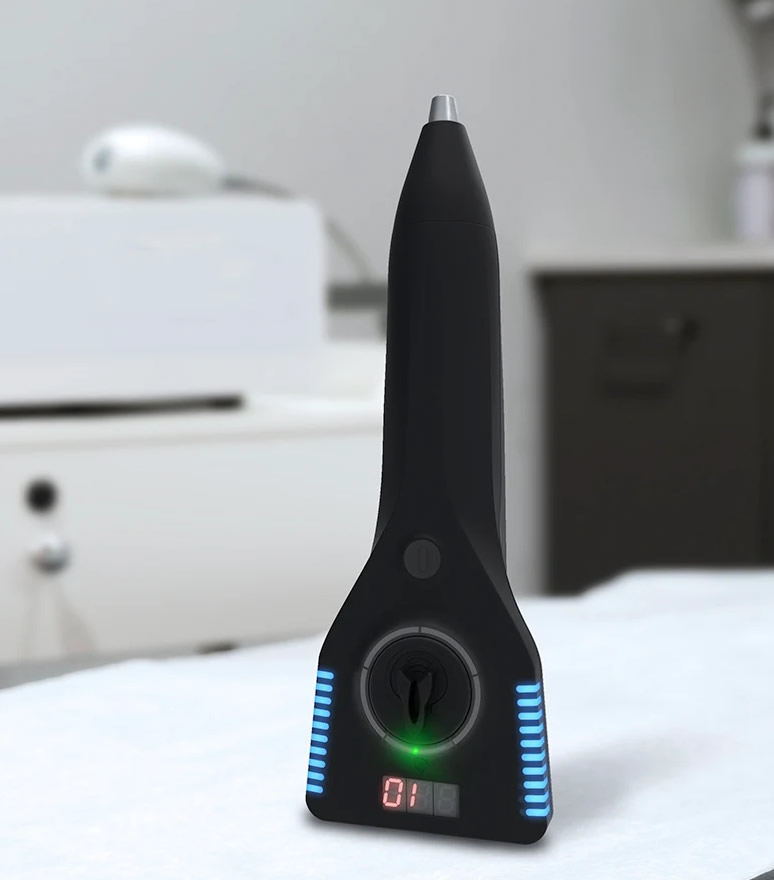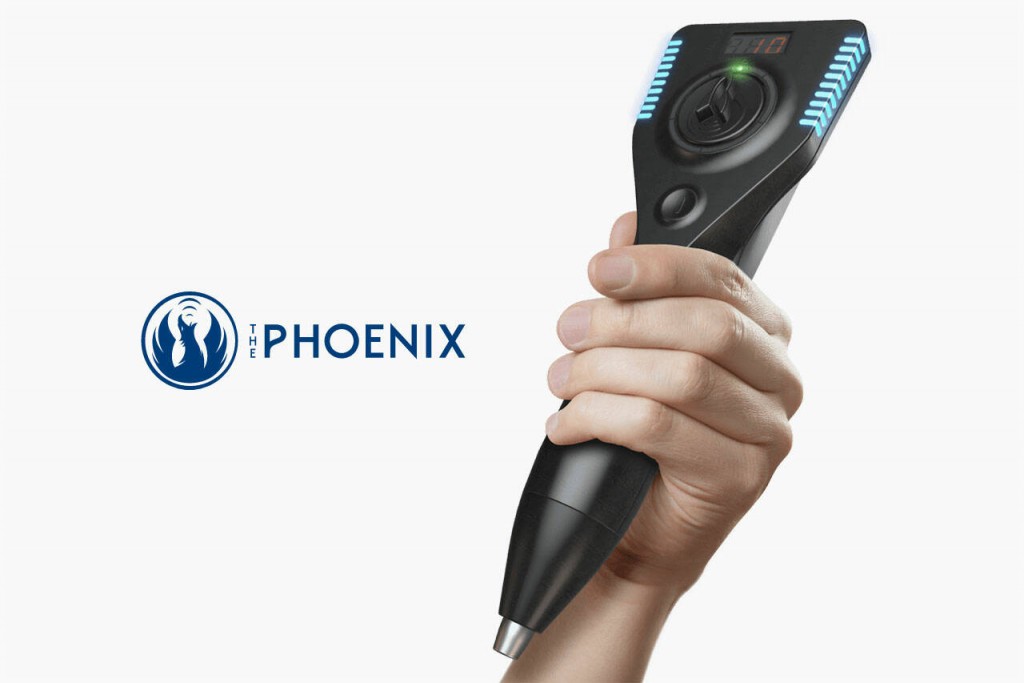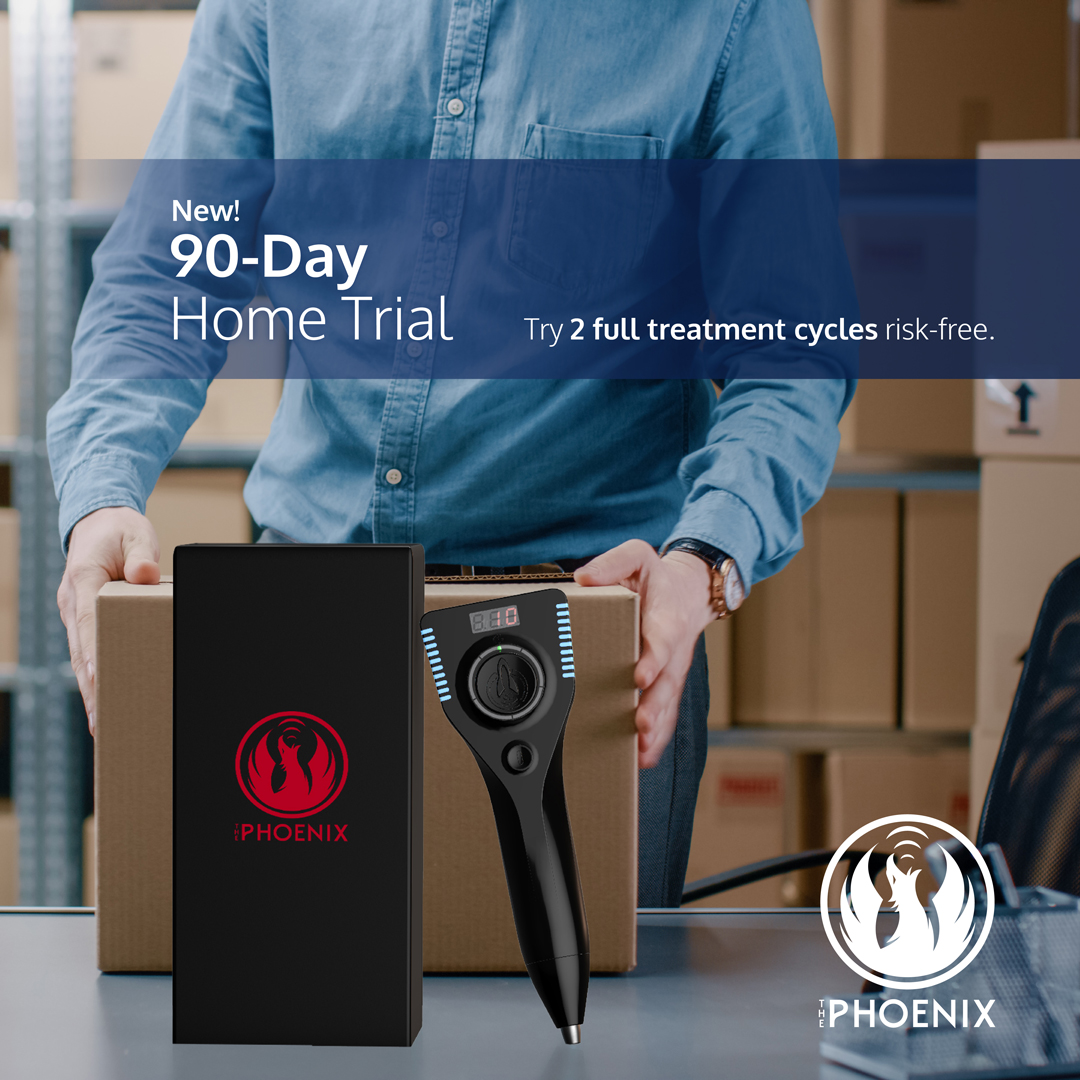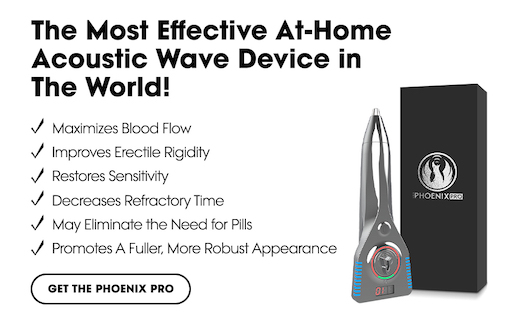How To Use The Phoenix Device
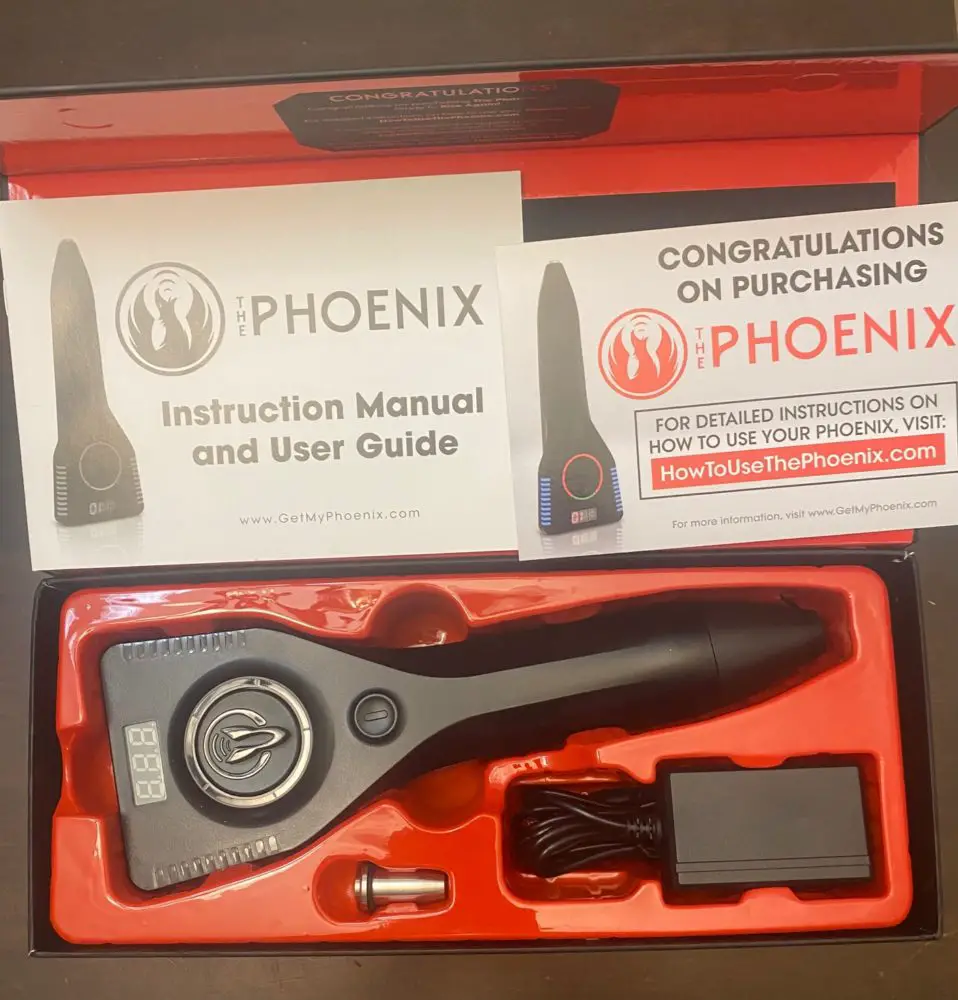
In the wake of recent advancements in emergency response technology, the Phoenix Device has emerged as a crucial tool for first responders and civilians alike. Understanding its proper usage is paramount to maximizing its life-saving potential in critical situations.
This article provides a comprehensive guide on how to effectively operate the Phoenix Device, covering essential steps from activation to troubleshooting. Developed by Global Emergency Technologies (GET), the Phoenix Device is designed to provide temporary life support in scenarios where immediate medical assistance is delayed. It's crucial to emphasize that this device is intended as a bridge to professional medical care, not a replacement.
Understanding the Phoenix Device: A Step-by-Step Guide
Initial Assessment and Preparation
Before deploying the Phoenix Device, assess the victim's condition and surroundings. Ensure the area is safe for both the victim and the operator. Look for any immediate dangers, such as fire, unstable structures, or hazardous materials.
Check for responsiveness and breathing. If the victim is unresponsive and not breathing, immediately call emergency services. Dispatching professional help should always be the first priority. Then, locate the Phoenix Device and verify that it is fully charged.
The device features a battery indicator light. Green signifies a full charge, yellow indicates a partial charge, and red signals a low charge. Familiarize yourself with the device's components, including the activation button, the oxygen mask, and the monitoring screen.
Device Activation and Application
To activate the Phoenix Device, press and hold the activation button for three seconds. A green light will illuminate, indicating that the device is operational. Carefully place the oxygen mask over the victim's nose and mouth, ensuring a secure and airtight seal.
The device will automatically begin delivering a pre-set amount of oxygen. The monitoring screen displays vital signs, including heart rate and oxygen saturation levels. These readings provide critical information about the victim's condition.
Pay close attention to these readings and be prepared to relay them to emergency responders when they arrive. The Phoenix Device is designed to automatically adjust oxygen levels based on the victim's needs.
Monitoring and Adjustment
Continuously monitor the victim's vital signs on the device's screen. Look for any signs of improvement or deterioration. If the victim's condition worsens, immediately contact emergency services and provide updated information.
The Phoenix Device includes a manual override feature that allows for adjustments to oxygen delivery. This feature should only be used by trained personnel or under the direct guidance of medical professionals. Improper use of the manual override could be detrimental.
Maintain constant communication with the victim, if possible. Reassure them and provide comfort until emergency responders arrive. Regular communication helps monitor their mental state and identify any changes in their condition.
Deactivation and Post-Use Procedures
The Phoenix Device should only be deactivated by trained medical personnel. Once emergency responders arrive, provide them with a detailed report of the victim's condition and the readings from the device.
Allow the medical professionals to take over and follow their instructions. Do not attempt to remove the device without their consent. After use, the Phoenix Device should be properly cleaned and sanitized according to manufacturer guidelines.
Replace any disposable components, such as the oxygen mask. Ensure the device is fully charged and ready for future use. Regularly check the device's functionality to confirm that it remains in optimal working condition.
Important Safety Considerations
The Phoenix Device is intended for use in emergency situations only. It should not be used as a substitute for professional medical care. Always contact emergency services before deploying the device.
Never use the Phoenix Device in environments containing flammable gases or liquids. The device contains electronic components that could potentially ignite flammable materials. Keep the device away from water and other liquids to prevent damage.
GET strongly recommends that users receive proper training on the Phoenix Device before attempting to use it in an emergency. Training courses are available through GET and authorized partners.
The Phoenix Device: A Case Study
In a recent incident in Denver, Colorado, a construction worker was trapped beneath debris after a building collapse. First responders were delayed due to traffic congestion.
A fellow worker, trained in the use of the Phoenix Device, quickly deployed the device to provide the trapped worker with oxygen. The Phoenix Device helped stabilize the victim's condition until emergency responders arrived and extracted him from the debris.
According to a statement from the Denver Fire Department, the Phoenix Device "played a crucial role in saving the worker's life." This incident underscores the importance of widespread training and access to this life-saving technology.
Conclusion: Empowering Communities with Life-Saving Technology
The Phoenix Device represents a significant advancement in emergency response capabilities. By understanding its proper usage, individuals and communities can be empowered to provide critical support in life-threatening situations.
Continued training and awareness are essential to maximizing the impact of this technology. The Phoenix Device is a valuable tool that can help bridge the gap between the onset of an emergency and the arrival of professional medical assistance.
For more information about the Phoenix Device and training opportunities, visit the GET website or contact your local emergency services provider. Remember, knowledge and preparation are key to saving lives.



